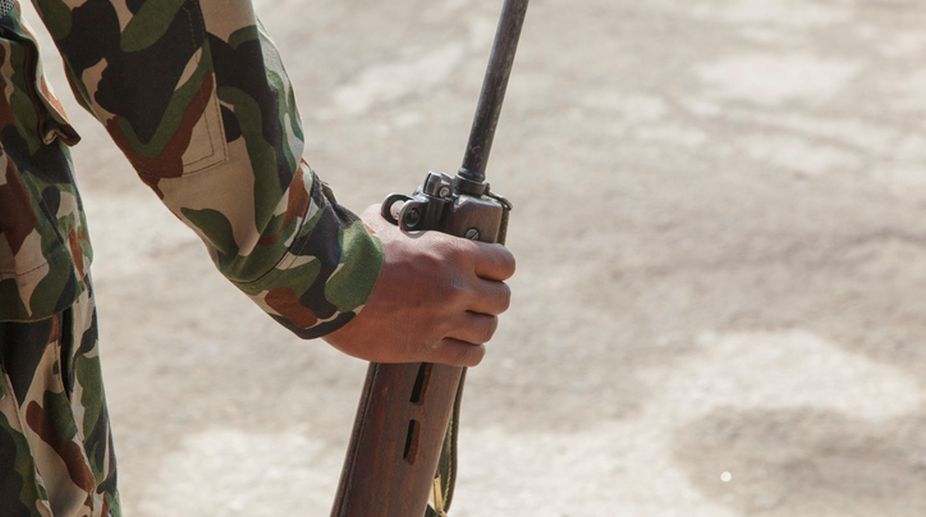LG calls effective for steps to wipe out terrorism from Jammu
Lt. Governor Manoj Sinha, on Thursday, stressed strengthening border security against asymmetric threats due to the porous border with riverine and difficult mountain ranges.

Representational image (Photo: Getty Images)
Since much of the equipment with the Indian military has been in service for over 20 years, it is a euphemism for officials to say that the INSAS rifle is being “retired”. More accurate would be the term “rejected”. Yet given the extreme sensitivity of the defence establishment, particularly when yet another bid at self-reliance has come unstuck, an authentic presentation of ground realities would amount to an embarrassing rap on the knuckles for the Defence Research & Development Organisation and the Indian Ordnance Factory Board.
Though some 200,000 units of the rifle and its variants ~ which with much unwarranted hype had been hailed as the “Indian Small Arms System”~ had been produced and issued to the troops, they had never found much favour with the soldiers. Alternatives were procured in limited numbers for use in specific operations until the recent realisation that the effectiveness and morale of the troops was being adversely impacted by their having to use a weapon in which they had little confidence. Right from the time the INSAS rifle was given its baptism of fire in Kargil (1999) came reports of malfunctioning on several counts, but these were sought to be explained away as “teething troubles”, and were never rectified to the satisfaction of the men whose lives depended on their basic weapon. Is it not ironic that a country which takes pride in producing world-class warships has failed to develop a standard rifle? That points to the DRDO being scientifically top-heavy, not adequately focused on meeting the requirements of the user.
Advertisement
It is unfortunate that though the shortcomings of the INSAS have never been a “military secret”, the red-tape involved in selecting a replacement has not been unraveled thus far. So while terrorists are using reliable, sophisticated weapons, the jawans are expected to counter them with inferior arms. The track-record of “probes” is not impressive, but surely there is a case for exposing those who failed the jawans by “covering-up” the deficiencies in the INSAS rifles? Simultaneously there is need to fast-track the replacement process, and since the “numbers” are considerable both public and private sector industrial units be tasked with producing whichever weapon (of imported design) is selected: competition will give the production exercise the “edge” that is missing from monopolistic ventures.
Advertisement
Then the “phasing out” must be expedited. How the INSAS “duds” will be disposed of is another tricky issue: unlike in the past, they cannot be “dumped” on the paramilitary and police. Today’s realities point to a blurring of the difference between military and police operations ~ often they function in tandem, as in J&K ~ and the men in khaki cannot be deemed “children of a lesser God”.
Advertisement